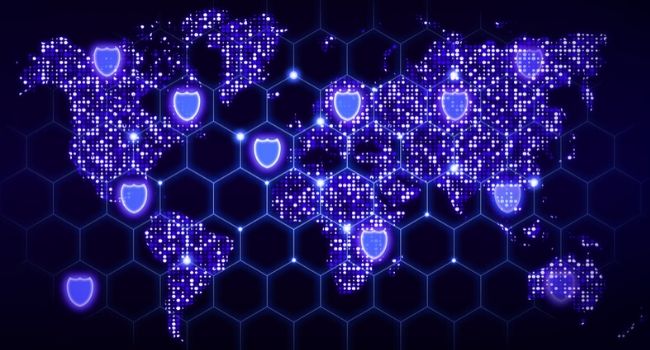
Timing Isn't Everything But It Helps
- By Tamir Hardof
- Feb 01, 2021
Many lessons were learned in enterprise IT and security teams in 2020, right down to the final weeks of the year with the Solarwinds attack. We closed out a miserable year with a devastating reminder about the danger of third party access and supply chain attacks.
Another painful lesson for IT teams was that current application access technologies, such as virtual private networks (VPN) or virtual desktop infrastructure (VDI), are too difficult to manage and scale. Even the most resource rich companies were forced to ration VPN access for employees, third parties, and partners. This is the opposite of digital transformation, and everything modern business is about. On top of those operational challenges was the fact that these solutions are not secure, and certainly not part of a zero-trust framework.
Meanwhile, in the C-Suite, secure application access went from off the radar completely to a business continuity issue on par with natural disasters and DDoS attacks. Modern business starts with the availability of enterprise assets. 2020 was the year that the C-Suite learned that legacy access solutions were a threat to business operations, digital transformation, and even margins. They are now asking IT leaders, why is something so fundamental to our business so out of touch with what we need?
Time for Change
IT leadership is about managing change and risk while charging full speed ahead. The old way of doing things does not last forever. Ask any developer. It turns out that the way we offer enterprise access is going through another step change in the never-ending march of progress that defines enterprise IT.
IT leaders have long had VPN/VDI on the list of eventual upgrades. Next year they said, other priorities took precedent, like managing an increasingly complex hybrid environment. Not this year. 2020 exposed the weakness of current approaches to the point the C-Suite noticed, and now something must be done. What lessons did we learn in 2020 that can lead us forward with a better, more secure, and user friendly approach to application access?
Lessons Learned
1. Business Starts with Access. Immediately following the work-from-home orders it became clear that access is where business begins. Legacy solutions could not scale quickly, as they relied on a mix of hardware, licenses, and agents on endpoints, requiring significant time and human resources, neither of which most companies had at that moment. When enterprise assets are unavailable to those who need them, business continuity and efficiency are disrupted. By turning to the cloud, businesses can enable access at scale, quickly and securely for employees and third-parties.
2. User experience matters. Users have complained for years that legacy access technologies were difficult to use, often leading them to avoid them altogether by logging into SaaS apps from personal devices outside the VPN/VDI. IT solutions should not be pushing users to make insecure choices for the sake of convenience. Again, by leveraging a modern cloud platform for application access, users are met with a familiar web interface to access all business applications.
3. Zero Means Zero. Zero Trust is a fantastic framework for organizational security. Most businesses say they are on their zero-trust journey. Leaving legacy access solutions behind for modern cloud-based application access solutions is one way to make a quantum leap forward. Legacy solutions offer too much implicit trust in the user, bringing them onto the network, to the doorstep of vulnerable applications. Furthermore, businesses have limited visibility and control over the user once they have gained access. With a cloud-based access solution, the cloud serves as a broker between the user and application. Users no longer gain access to the network, or the applications themselves. Furthermore, in this cloud-based model, every move by the user is checked, verified, and authorized. This is truly zero trust in action.
Enterprise application access is now a C-Suite priority, and again, the cloud provides a way forward for enterprise IT teams. The cloud cannot solve all of your IT challenges, but it is certainly the future of enterprise application access solutions.
About the Author
Tamir Hardof, CMO, Axis Security